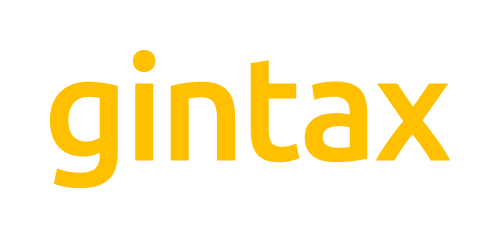exploring eligibility
EIIS Overview and landscape in 2021
EIIS is a tax relief for Irish investors in eligible companies. The policy objective is to provide Startups and SMEs with alternative source of funding (especially in early stages). EIIS works by giving Irish individuals an income tax break of up to 40% of their investment, all in return for taking on risk. Money is locked in for at least 4 years.
However, for companies the conditions are cumbersome; the law is EU derived so hence lots of terms & these apply irrespective of size of fundraise. Ensuring compliance though is crucial as the tax relief can be clawed back as a liability on the company – thus the company automatically takes on risk when investors claim EIIS.
There is much lobbying and discussion as to how EIIS can be made more workable/practical and the Irish government are engaged in a consultation process here. So there may be a simplification in October’s Budget …and this would probably be effective from 1 January 2022.
In the meantime, if you are fundraising and marketing now to Irish individual investors then EIIS (however cumbersome) should still be considered as it clearly makes an investment proposal more attractive for them. The Irish Revenue have a detailed c100 page guide but here are the basics for Founders:
The EIIS process
In practical terms, this is the process for a Company wishing to raise EIIS eligible funds:
Check no showstoppers – see key conditions below, read Revenue guide (ideally), preliminary call with tax adviser to discuss. If ok then….
Work with tax adviser to finalize investment plan , ensure other conditions are managed such as Business Plan, tax clearance etc. - confirm EIIS should be available. Then proceed with the raise.
Raise money and reach 30% spend threshold.
File EIIS return with Irish Revenue (RICT return) – this is a simple form. Note – the admin requirements for EIIS, though crucial, are not difficult. It is ensuring that all conditions are met which can be tricky.
Send confirm forms to every investor, to enable them to claim relief – again, a simple form to each.
For completeness….the Company needs to be mindful of EIIS until exit (4 plus years). In an ideal world no further considerations, but there may be quirks which need to be managed.
Initial feasibility check – the headlines
For company on first share fundraise stage:
Company needs to carrying out relevant trading activities. This is broad and includes most trades apart from those on an ‘excluded’ list. Some excluded trades are: financing activities (can include fintechs) , professional services (though engineering/R&D is ok), dealing or developing land, certain hotel/tourist accommodation etc [for full list see page 35 Revenue guide]
*Set up within the last 3 years …If more than 3 years, the Company should not be an Undertaking in Difficulty e.g. have negative reserves [if it is, this may still be rectified or managed]
*Must be within 7 years of first commercial sale – if not, then may still qualify as long as Company is expanding into new product or geographical market and new funding is higher than 50% of average turnover in the last 5 years.
WATCH! For family or other connected investors – there are further restrictions and in essence, a variant of the relief called SCI may be available for these individuals.
Other detailed conditions apply – some straightforward like requirements to be an SME* & unlisted but other conditions needing a bit more thought/work such as Business Plan requirement.
*These tests must be satisfied by reference to the company and its linked & partner enterprises combined (known as an RICT group). For example, if a Founder has other business interests, these may need to be included as part of the RICT group.




